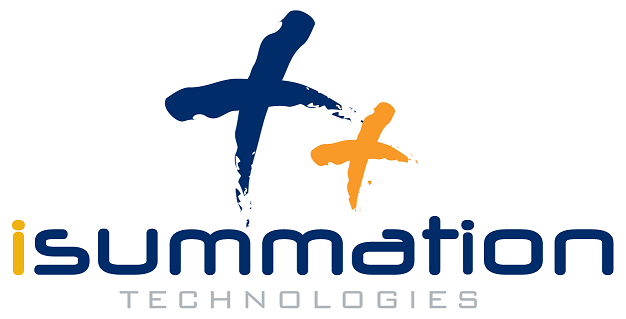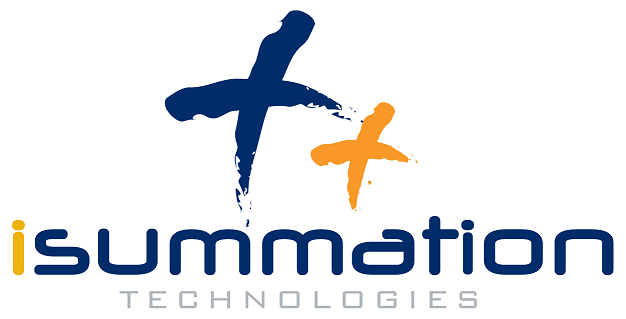Robot Framework
The open-source test automation solution- Robot Framework is popular as an acceptance testing tool besides facilitating development through acceptance tests. With Robot Framework, testing/QA professionals can write different types and styles of test cases including, behavior-driven, keyword-driven, and data-driven tests. Its versatility in the types of tests it supports translates to better understanding of its function and how it works. When you write tests with it, you need to follow keywords presented as tables. With extensive support for external libraries and open-source tools the framework really simplifies test automation. Among such libraries the seleniumlibrary is particularly noted for its UI and web development testing functionality addition.
Notable Testing Features
- It features a high-level architecture
- It uses simple tabular syntax
- You can perform data-driven test cases
- A separate editor for test data
- Clear, concise yet in-depth reports
- Detailed logs
- Comes with generic test libraries including Swing, WebTesting, Windows GUIs, SWT, SSH, Databases and telnet
- Supports remote test libraries and relevant plugins like Maven, Jenkins/Hudson, and Ant amongst others
- Support for popular text editors like Vim, Emacs and TextMate
Testing Tools / Architecture
For a discussion on Robot Framework, we need to describe how it works in a simple manner.
- We need to begin the process by installing or using an IDE where we can code the Robot Framework script using keywords.
- Once you execute the script the libraries related to it will be pinged and the related keywords implemented in the libraries(?)
- The resultant implementation will then continue to interact with the browser.
The other critical part of the Robot Framework architecture is the IDE. You can find many compatible IDEs for use with Robot Framework like PyCharm, RIDE and Intellibot plugin. Intellibot is especially useful as it holds many features that make using the framework simpler and easier. The Intellibot plugin can find all the files from the framework. Another excellent choice is the RIDE IDE which is specially built keeping the Robot Framework in mind!
Major use cases
The generic nature of the open-source automation framework tool makes it especially suited for RPA (Robotic Process Automation) applications and test automation.
Types of Tests
Data driven tests
You can conduct both data-driven and keyword driven varieties of tests with Robot Framework. In the data-driven testing scenario there is a high-level keyword which serves as a template to the test suite. The test cases are required share data with the keyword as laid out by the template. UI tests becomes simple with this testing style as it allows for multiple inputs.
Test Case Tagging
You can tag test-cases with the framework in such a way that the tags carry out or skip tests based on their test-case tags. This is especially useful in situations here you want to run or skip only a particular group of tests cases.
Reports and Logs
The Robot Framework tests provide detailed reports of the suite of tests it performs. The results of the execution of the tests cases are presented as reports and recorded in the logs. Further you can find all information on the execution details of the test in the log file of the framework. This includes details like the following:
- Whether the test has passed or failed
- The time it took to execute the tests
- The steps that the tool followed to execute the test case
Type of Testing Using Selenium
There is a distinct lack of clarity amongst developers and even testers if they need to employ the Robot Framework in addition to Selenium’s WebDriver or would the latter work well as a standalone tool. This confusion is mainly due to lack of awareness. Robot Framework and Selenium differ from one another significantly. Robot is a more specific framework for testing using both standard and external libraries. In contrast Selenium is just a library that would need additional test automation tools to run the tests.
Robot can perform many automated tests both on an UI as well as API level. There is a special Seleniumlibrary module which lets integrates the Robot Framework and Selenium. This seleniumlibrary acts as an interface for Selenium’s WebDriver. It lets you execute commands on the respective browsers hosting the tests. Such interaction between the two is abstracted from the test case developer.
Accordingly, in ideal circumstances developers want to use both the tools.
Version History
You can find the basic ideas behind the development of the Robot Framework in Pekka Klärck’s master’s thesis which he submitted in 2005. The first version of the tool was released by Nokia in the same year. On June 24th, 2008, version 2.0 of the tool was released under an open-source license. February 7, 2017, witnessed the release of framework’s version 3.0.2.
The framework was coded using Python and the developer community surrounding it is noted for being active and collaborative. Presently the tools ships with Apache License 2.0.
QA Expertise using Robot Framework
iSummation has extensive experience in testing/QA using the Robot Framework. Through our experienced pool of experts, you can now get exhaustive and detailed testing for your app that too at an affordable cost. Make sure your app works and feels just the way you meant it to contact iSummation today!

